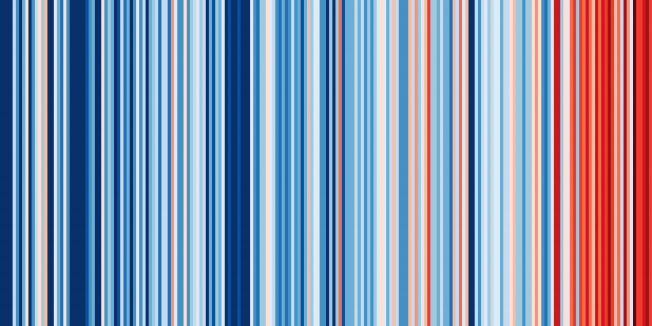The impact of tropical precipitation on summertime Euro-Atlantic circulation via a circumglobal wave-train
Journal of Climate American Meteorological Society 31:16 (2018) 6481-6504
Abstract:
The influence of tropical precipitation variability on summertime seasonal circulation anomalies in the Euro-Atlantic sector is investigated. The dominant mode of the maximum covariance analysis (MCA) between the Euro-Atlantic circulation and tropical precipitation reveals a cyclonic anomaly over the extratropical North Atlantic, contributing to anomalously wet conditions over western Europe and dry conditions over eastern Europe and Scandinavia (in the positive phase). The related mode of tropical precipitation variability is associated with tropical Pacific SST anomalies and is closely linked to the El Niño/Southern Oscillation (ENSO). The second MCA mode consists of weaker tropical precipitation anomalies but a stronger extratropical signal which reflects internal atmospheric variability. The teleconnection mechanism is tested in barotropic model simulations, which indicate that the observed link between the dominant mode of tropical precipitation and the Euro-Atlantic circulation anomalies is largely consistent with linear Rossby wave dynamics. The barotropic model response consists of a circumglobal wave-train in the extratropics that is primarily forced by divergence anomalies in the eastern tropical Pacific. Both the eastward and westward group propagation of the Rossby waves are found to be important in determining the circulation response over the Euro-Atlantic sector. The mechanism was also analysed in an operational seasonal forecasting system, ECMWF’s System 4. Whilst System 4 is well able to reproduce and skillfully forecast the tropical precipitation, the extratropical circulation response is absent over the Euro-Atlantic region, which is likely related to biases in the Asian jetstream.Flow dependent ensemble spread in seasonal forecasts of the boreal winter extratropics
Atmospheric Science Letters Royal Meteorological Society 19:5 (2018) e815
Abstract:
Flow-dependent spread (FDS) is a desirable characteristic of probabilistic forecasts; ensemble spread should represent the expected forecast error. However this is difficult to estimate for seasonal hindcasts as they tend to have a relatively small sample size. Here we use a long (110 year) seasonal hindcast dataset to evaluate FDS in forecasts of boreal winter North Atlantic Oscillation (NAO) and Pacific North American pattern (PNA). A good FDS relationship is found for interannual variations in both the NAO and PNA , with mild underdispersion for negative NAO and PNA events and slight overdispersion for positive NAO. Decadal-scale variability is seen in forecast errors but not in ensemble spread, which shows little variation on this timescale. Links between forecast errors and tropical heating anomalies are also investigated, though no strong links are found. However a weak link between strong El Niño warming in the East Pacific and reduced PNA error is suggested.A Simple Pedagogical Model linking Initial-Value Reliability with Trustworthiness in the Forced Climate Response.
Bulletin of the American Meteorological Society (2017)
Approximately right or precisely wrong? Meeting report on "Chaos and Confidence in Weather Forecasting'
WEATHER 72:10 (2017) 301-302
Stochastic representations of model uncertainties at ECMWF: state of the art and future vision
Quarterly Journal of the Royal Meteorological Society Wiley 143:707 (2017) 2315-2339



